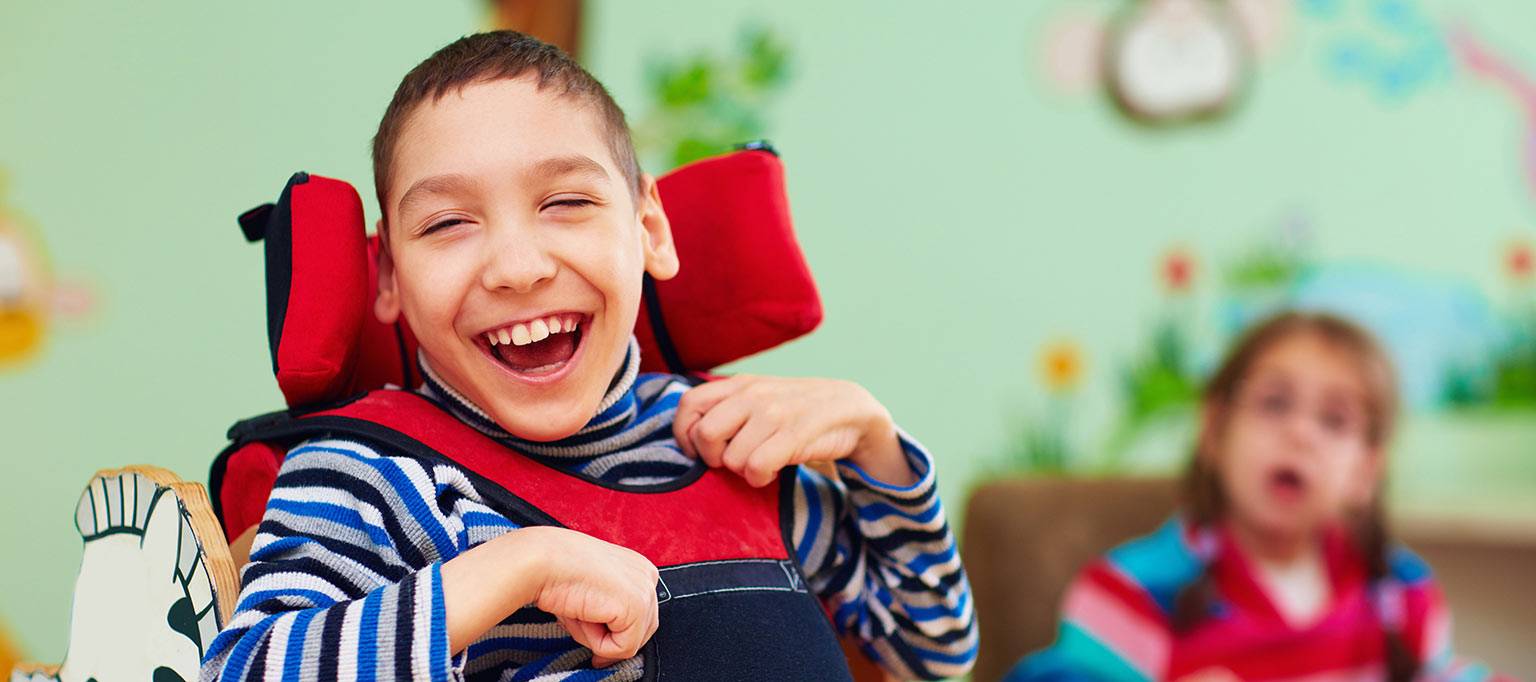Cerebral Palsy types and classifications

Types of Cerebral Palsy and classifications
The term cerebral palsy is an ‘umbrella term’ encompassing a wide range of symptoms and severity of the condition. To try and classify how an individual is affected their cerebral palsy may be categorized in the following ways:
- Distribution ( which parts of the body are affected)
- Severity ( how much their condition affects their ability to function)
- Type ( what types of movements/muscle tone are they presenting with)
Distribution – describes which areas of the body are affected by Cerebral Palsy
Monoplegia – is when just one limb is affectd, although very mild signs may be evident in other limbs.
Hemiplegia – when one side of the body is predominantly affected.
Diplegia – when the lower limbs are predominantly affected, or re affected significantly more than the upper limbs
Quadriplegia – when all of the body is affected
Severity
This can in the broadest terms be described as ‘mild’, ‘moderate’ or ‘severe’ but the Gross Motor Function Classification Scale (GMFCS) is commonly used by clinicians as a descriptor of how severely a child’s function is affected by their cerebral palsy. These are based on descriptions of a child’s functional ability at different age groups (before 2nd birthday, 2nd-4th birthday, 4th to 6th birthday, 6th to 12th birthday and 12th to 18th birthday).
A general overview of the levels is:
Level I – walks without limitations
Level II – walks with limitations
Level III – walks using a hand-held mobility device
Level IV – self-mobility with limitations; may use powered mobility
Level V – transported by wheelchair.
For more detailed description of the functional classifications at each age group please click here.
There is also a similar scale development to classify fine motor function called the Manual Ability Classification Scale (MACS)
Type
Clinicians may use some unusual words to describe how your child moves or how their movement feels. We have tried to explain these briefly below. For more detailed descriptions of these movement types and the basis of treatment for them, please look at our training module on the training home page. (coming soon). Children with cerebral palsy will tend to have a dominant tonal pattern/movement pattern but quite often do have a mixed presentation with more than one of the following seen.
Muscle tone – this is a description of the muscles resistance to someone else moving it, when it is relaxed i.e. if you straighten your child’s elbow for them, does it feel the same as another child’s, stiffer, or floppier? Your muscle tone prepares you for action, if they are too ‘floppy’ they can take more input/effort to make them activate, if they feel stiffer, it may be difficult for other muscles to work against them in the opposite action e.g. if the biceps muscle feels stiff when you try to straighten your child’s arm, it will be more difficult for your child to also straighten their own arm, using their triceps muscles.
Hypertonia/high tone – high muscle tone is characterized by movement of the limb feeling ‘stiff’ and some muscles being ‘over active’. Children with hypertonia often share the same dominant movement patterns in their limbs; their arms prefer to bend, pull in close ot the body, hands in a fist and turned inward. Legs turn in, bend at the hips and knees and walk on tip toes. Children with hypertonia are at risk of developing muscle contractures/tightness in their high tone muscles. Increased tone often becomes more evident when a child is carrying out an activity that is difficult or requires effort, or with extremes of emotion.
Hypotonia/low tone – low muscle tone is characterized by movement of the limb feeling ‘floppy’ and the muscles being ‘underactive’. Children with hypotonia can find movements effortful and have difficulty coordinating the movements. They will often have excessive movement at some of their joints.
Dystonia – with dystonia the child’s tone can change suddenly from low to high. These can sometimes appear as or be described as ‘spasms’ and can become uncomfortable for the child. Dystonia often becomes more evident when a child is carrying out an activity that is difficult or requires effort, or with extremes of emotion.
Athetosis – athetosis is also a form of fluctuating tone but this appears more as almost continuous movements which can appear as ‘writhing’. This can affect the whole body (choreo-athetosis) or just the extremities (pure athetosis) , depending on how the child is affected. It can also affect the muscles of the face or tongue
Ataxia – ataxia appears as shaky/unsteady movements which can affect balance and control of movement.